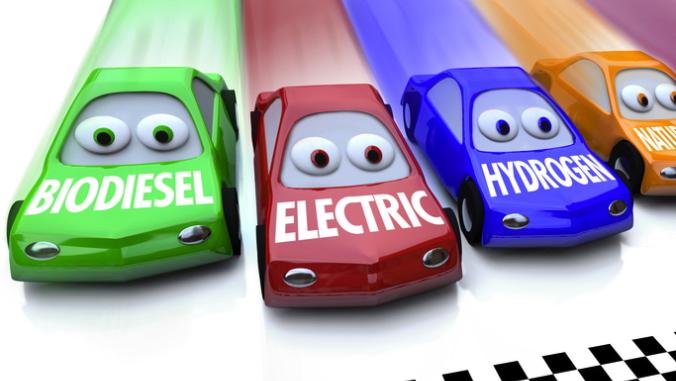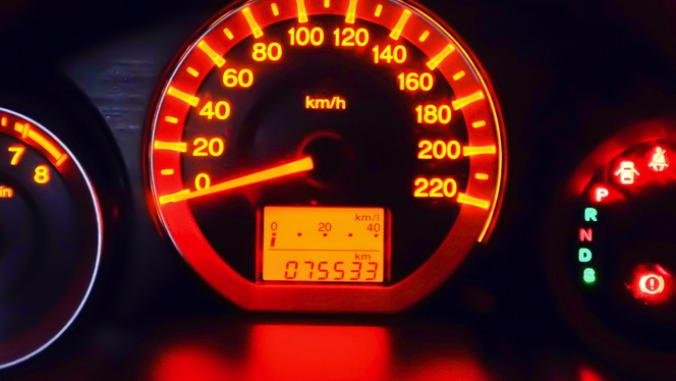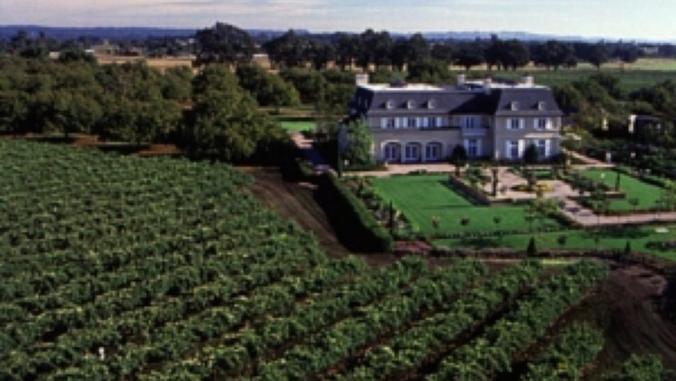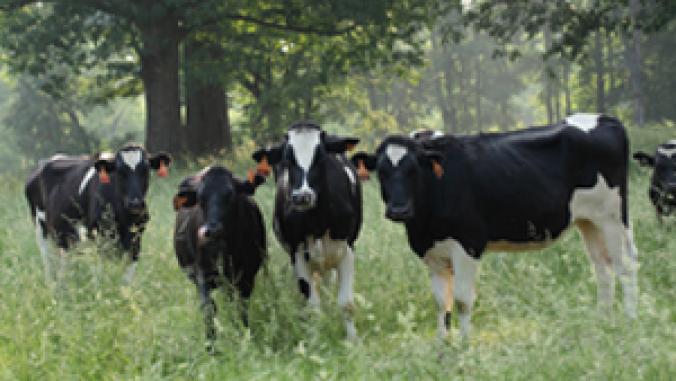Varian Puts Its Supply Chain Under the Scope Ahead of RoHS 2.0
<p>With just three years available to squeeze lead, mercury, cadmium and other toxic materials from their products, manufacturers like Varian Medical Systems are scrambling to ensure compliance with the new rules.</p>

Image courtesy of Variance Medical Systems
Back in June, the European Union adopted an updated version of its toxic materials legislation known as the Restriction of Hazardous Substances Directive (RoHS).
Originally aimed at curtailing use of six hazardous materials in electrical and electronic equipment, the new version, dubbed the RoHS Recast or RoHS 2.0, will expand to include medical devices in July 2014.
The new law leaves manufacturers with three years to squeeze six toxic substances from their products, including lead, mercury and cadmium. This has left some like Varian Medical Systems scrambling to ensure compliance with the rules, lest they be locked out of the European market. The company announced Thursday it has begun using SAP software to help Varian re-engineer its products to comply with RoHS 2.0.
"From a sustainability point of view, we all know that any company making a discreet product will be forced to comply with the RoHS regulation, and Varian is no exception to that," Snehashish Sarkar, Varian's senior manager of enterprise, said yesterday during a media briefing. "The sustainability initiatives at Varian were started a long time ago, and those initiative were focused on use of materials and recyclability of materials. But I'll be very honest: The RoHS regulation really gave us the impetus to go further."
The Palo Alto-based company has began a journey that is taking Varian into its supply chain to identify the chemical composition of its products used in a range of medical applications, including X-rays and cancer radiotherapy. At stake is a European-based revenue stream responsible for up to 30 percent of Varian's annual sales worth $2.6 billion.
"If you're not compliant to a European regulation, that means you can't ship into that market," said Scott Bolick, SAP's vice president of sustainability solutions. "So it's not just about fines, it's fundamentally about your competitiveness and your ability to sell into the market. What it is also about is if you can respond to your customers, because your customers are likely going to have more stringent requirements than the government."
Varian has been feeling growing pressure to disclose the chemical makeup of its products to some of its customers that are ahead of the compliance curve, which Sarkar called "the Toshibas, Philips and Sonys of the world." But government regulations, too, have soared. Between 2007 and 2009, Bolick said, the number of product compliance regulations grew by about 70 percent.
The SAP software -- Varian is using SAP Environment, Health, and Safety Management and SAP Product Life Cycle Management -- allows users to first evaluate products using a bill of materials. Users gain an understanding of the various substances, which are cross-referenced against regulatory requirements.
"So you're getting a snapshot at that point of what is the regulatory compliance for each and every one of your products," Bolick said.
The time needed to implement engineering changes at Varian has dropped from 18 days to five days. Meeting the RoHS 2.0 requirements also gives Varian a competitive advantage, several attendees said.
"The European Union is leading the world in terms of this sort of regulation," said Mike Kirshner, president and managing partner of Design Chain Associates in San Francisco. "If you're complying with the E.U., you're pretty far down the road."
SAP identified sustainable supply chain and products as one of four business cases for sustainability; the other three include reporting and analytics, operational risk management and energy environmental resource management.
The company's tools and solutions are grouped around these objectives, the result of a conscious business decision in 2008 to make sustainability core to its products and strategy.
The commitment is paying dividends: SAP also announced Thursday that its sustainability initiatives have saved the company 190 million euros (US$249 million) since 2008, including 25 million euros (US$33 million) in savings last year. SAP's worldwide emissions grew 8 percent, but the company said it is on track to meet its long-term 2020 goal of returning emissions to 2000 levels.
Image courtesy of Varian Medical Systems.





